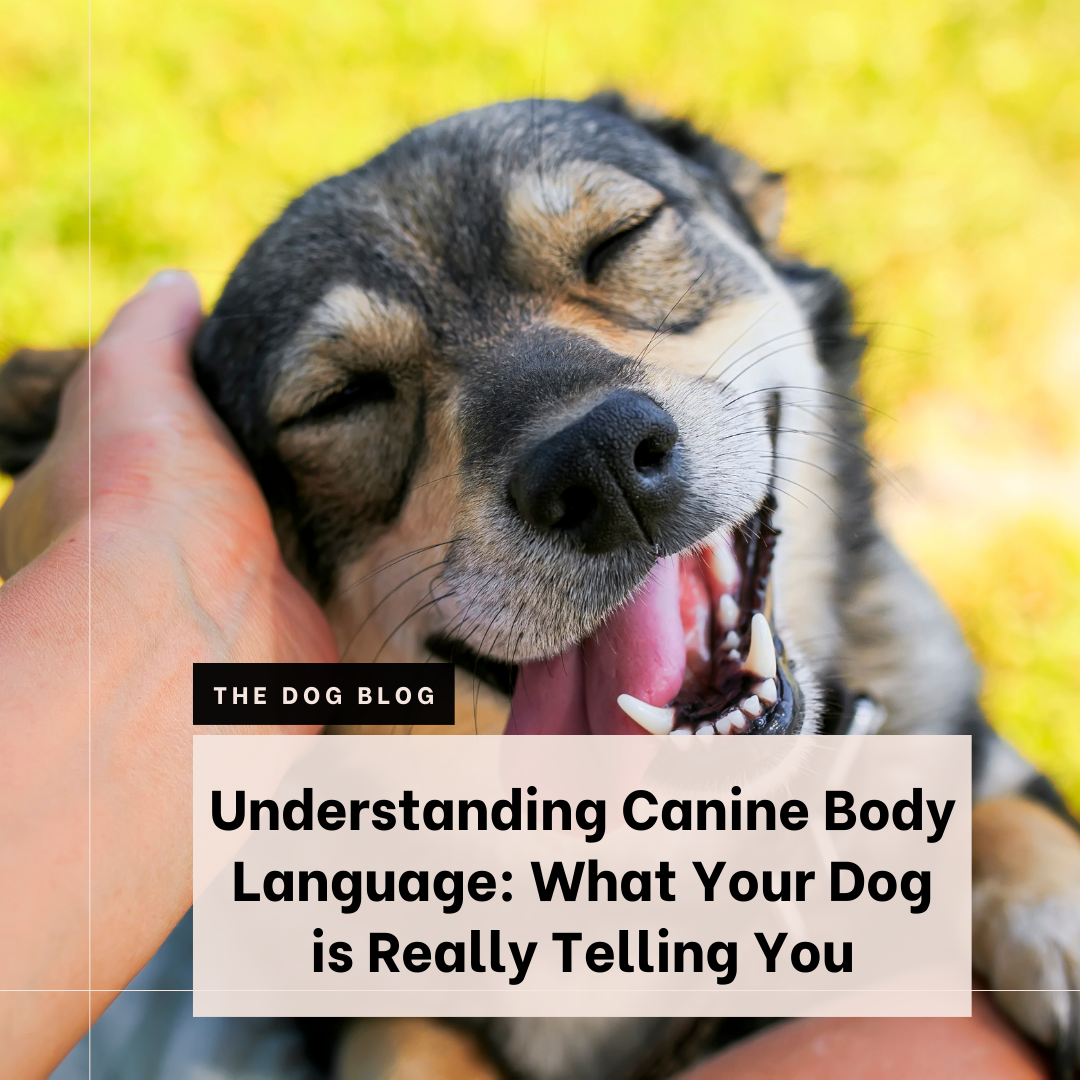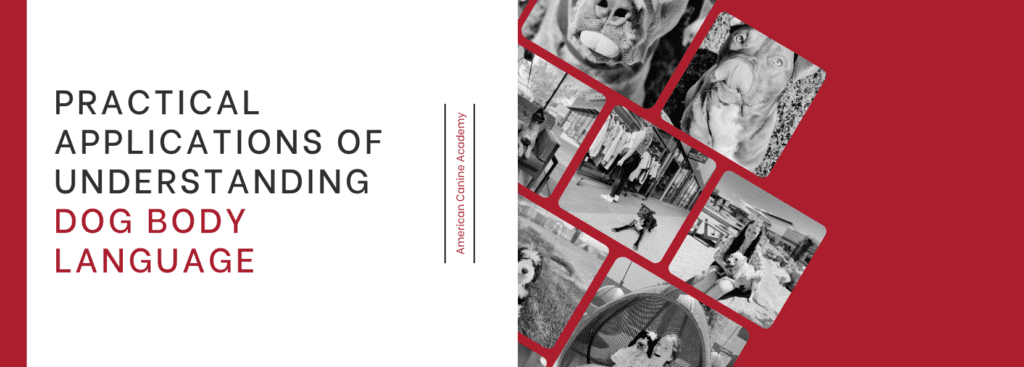Understanding Dog Body Language: What Your Dog is Really Telling You
Dogs communicate in a language of their own, and it’s up to us as their caregivers to understand what they’re saying through their body language. Unlike humans, dogs don’t use words to express their feelings or intentions; instead, they rely on a complex system of body language to convey their messages. By learning to read these signals, we can strengthen our bond with our furry friends and improve their training and overall well-being.
Tail Wagging: Not Always What It Seems
A wagging tail is often associated with happiness, but it’s not always an accurate indicator. The position, speed, and style of wagging can convey a range of emotions. A slow wagging tail held at a neutral position usually indicates a relaxed dog, while a high, fast wagging tail can mean excitement. However, a wagging tail combined with a stiff body can signal anxiety or agitation. It’s important to remember that just because a dog is wagging their tail, it doesn’t necessarily mean their intent is positive
Ear Positions: Decoding the Ears
Ears play a significant role in understanding a dog’s emotions. Ears that are pulled back, like “rabbit ears,” can indicate fear or submission, while ears that are perked up suggest curiosity or attentiveness. If your dog’s ears are relaxed and in a neutral position, it usually means they are calm and comfortable. It’s important to watch for patterns, especially if your dog tends to be reactive or aggressive. When a dog’s ears are in the “alert position,” it can signal that they are focusing on something that could trigger reactive behavior. Recognizing this early allows you to redirect their attention before their behavior escalates.
Eye Contact and Blink Rate: The Windows to Their Soul
Direct eye contact can be a sign of aggression or dominance, but it can also indicate trust and affection if the dog is comfortable with the interaction. Slow blinking is often a sign of relaxation and trust, showing that your dog feels at ease with you. On the other hand, if your dog avoids eye contact, it may be feeling anxious or unsure.
Dilated pupils can be another important clue, representing your dog’s current “drive state” or excitement level. For instance, when they’re playing tug with you or chasing a ball, you might notice their pupils dilate. This intense focus is the same look they might give when chasing a squirrel or fixating on another dog.
Posture and Movement: The Body Tells the Tale
A dog’s posture can reveal a lot about how they’re feeling. A dog that stands tall with its head held high is often confident and may be assertive. Conversely, a dog that lowers its head and body, and tucks its tail may be feeling submissive or scared. Pay attention to how your dog moves; stiff, jerky movements can indicate discomfort or stress, while loose, fluid movements generally signify relaxation.
Mouth and Lip Movements: Understanding Their Expression
The position of your dog’s mouth can also provide insights into their emotional state. A relaxed, slightly open mouth usually means a happy and relaxed dog. A closed mouth with a wrinkled snout can indicate tension or aggression, while a dog that is licking its lips repeatedly might be feeling anxious.
Intangibles: Reading Your Dog’s Overall Energy
While individual aspects of body language like tail wagging, ear positions, and eye contact provide valuable insights into your dog’s emotional state, it’s equally important to consider the dog as a whole. This involves paying attention to the overall energy your dog is projecting.
When observing your dog, try to take in the full picture rather than focusing on isolated signals. Notice how their body language comes together to convey a broader message. Is your dog’s energy calm and relaxed, or do they seem tense and uneasy? This overall energy can give you important clues about how they are feeling in your presence.
From an objective standpoint, consider what your dog seems to be projecting—whether it’s confidence, anxiety, excitement, or something else. By tuning into these intangible signals, you can better understand your dog’s needs and respond in a way that supports their emotional well-being.
Improving Training: Tailoring Your Approach
Recognizing signs of stress or discomfort during training can help you adjust your methods to better suit your dog’s needs. For example, if your dog shows signs of anxiety or frustration, such as a lack of engagement, it might be helpful to either take a break or adopt a more upbeat approach. Consider trying a new motivator, like their highest value reward. Some dogs prefer to chase a ball, others enjoy playing tug, and still others might be most motivated by their favorite treat.
Enhancing Socialization: Building Confidence
Understanding body language is crucial during socialization. If your dog is displaying signs of fear or aggression, it’s essential to address these behaviors. You can either interrupt these behaviors to give them a fresh start or offer more guidance to help them navigate the situation. Reading your dog’s signals and responding accordingly helps ensure that socialization is a positive experience.
Strengthening the Bond: Building Trust
By tuning into your dog’s body language, you demonstrate that you are attentive and responsive to their needs. This mutual understanding fosters trust and strengthens your bond, making your relationship with your dog even more rewarding.
Conclusion
Mastering the art of reading dog body language takes time and practice, but the rewards are well worth the effort. By paying attention to your dog’s tail wags, ear positions, eye contact, posture, and mouth movements, you can gain a deeper understanding of their emotions and needs. This knowledge not only enhances your dog training experience but also enriches your relationship with your furry companion.
At American Canine Academy, we are dedicated to helping you and your dog communicate more effectively. Our experienced trainers are here to guide you through the nuances of dog body language and provide support every step of the way. Together, we can ensure that your dog feels understood, valued, and loved.
Ready to deepen your understanding of your dog’s body language? Contact us today to schedule a consultation and start building a stronger bond with your canine companion!







COMMENTS